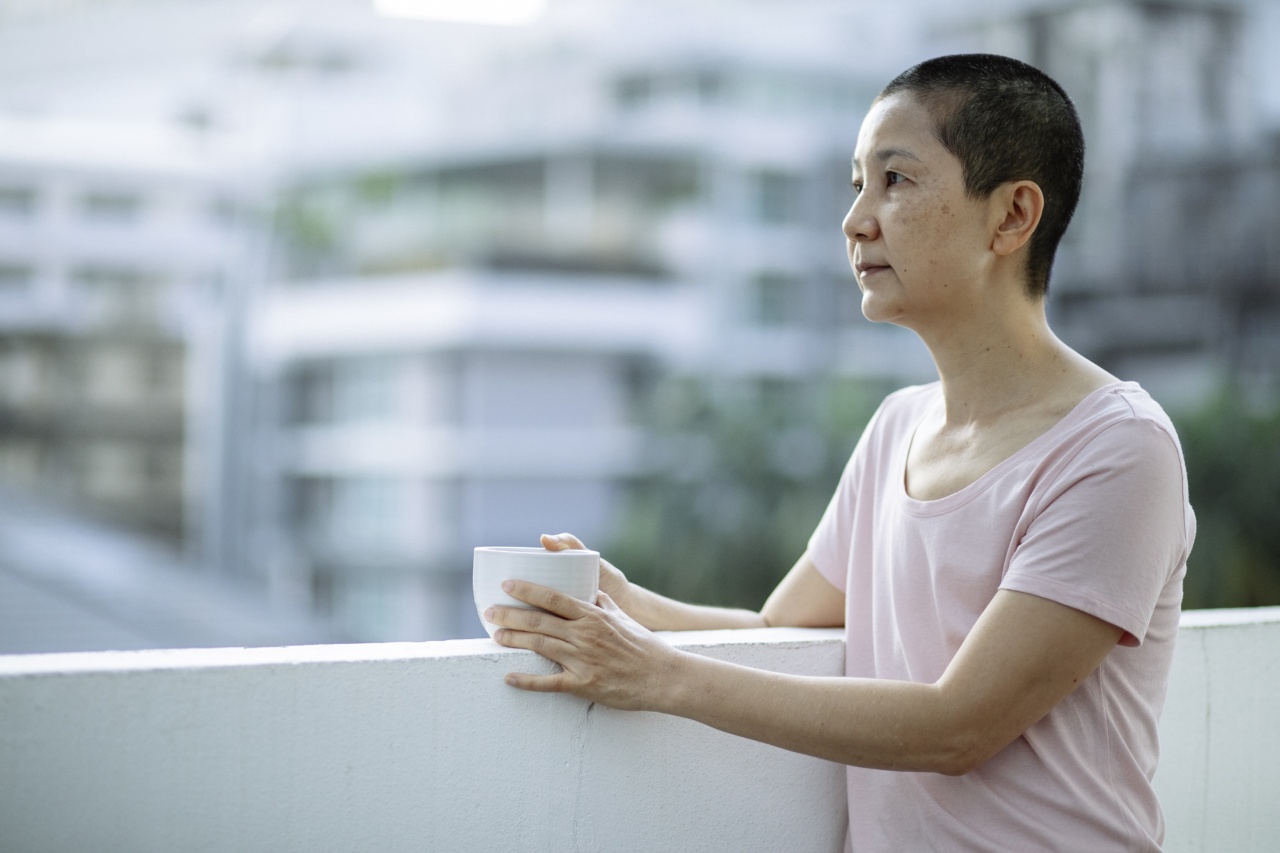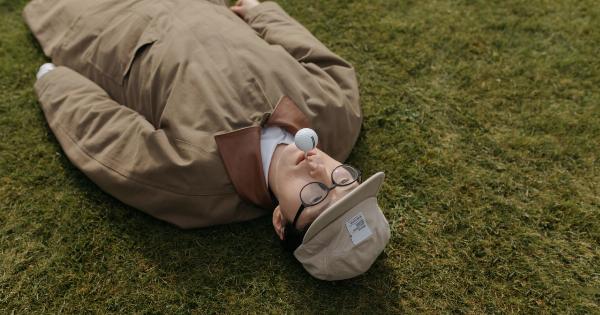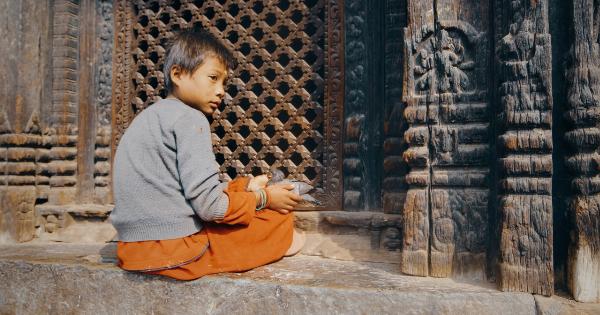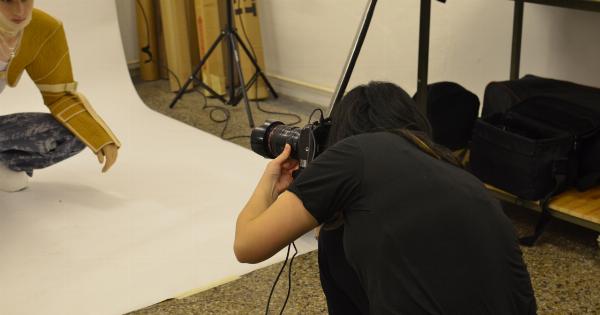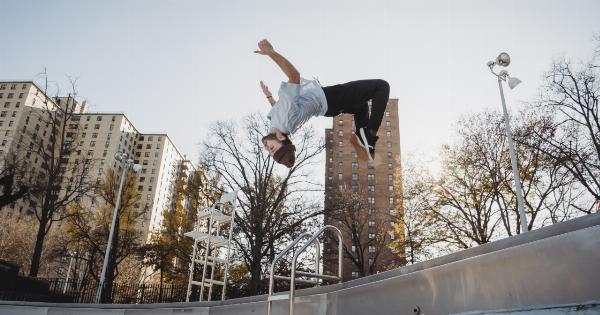Rest is an essential part of our lives. It is a time for our body to recuperate, repair, and prepare itself for the next day. However, the experience of rest may not always be enjoyable for those dealing with aches and pains.
In this article, we will explore various ways to rest without the turmoil of aching.
Understanding Aches and Pains
Aches and pains can be an indication of an underlying condition or an Overuse Injury. It can affect various parts of our bodies, including our muscles, bones, joints, and nerves.
The intensity and duration of the pain may vary, but it can be hard to ignore when it occurs. It can lead to discomfort or even prevent us from performing our daily tasks.
The Importance of Rest
Rest is crucial as it allows our bodies to rejuvenate and recover from injuries, stress, or any other day to day activities which may cause fatigue. It aids in the natural repair process of the body and assists in maintaining optimal performance.
It allows the body’s systems to go into a resting and restorative mode, ensuring that they function to their full capacity. Thus, rest is essential for optimal body function.
Ways to Rest Without Turmoil of Aching
Here are some ways to rest without the turmoil of aching:.
1. Proper Posture
Proper posture is essential when it comes to resting. Poor posture can cause or exacerbate muscle and joint pain. It can also add stress to your body, leading to discomfort or even injuries.
While resting, ensure that you maintain a proper sitting, standing, or lying down posture to reduce the risks of aches and pains.
2. Relaxing Massages
Massage therapies can help with relieving stress and muscle tension, leading to a better rest experience. Massages can increase blood and lymph flow, releasing toxins and waste products that cause discomfort.
It can also stimulate the body’s production of endorphins, the body’s natural painkiller, reducing the risk of pain and discomfort.
3. Ice/Heat Therapy
Pain relief is essential when resting, and ice/heat therapy can be a great way to reduce discomfort. Ice therapy is suitable for more acute injuries, reducing inflammation and pain.
Heat therapy, on the other hand, is more beneficial for chronic pain, relaxing muscles, joints, and soft tissue.
4. Stretching and Yoga
Stretching and yoga can also be beneficial when it comes to resting without aching. Stretching can help to release muscle tension and increase flexibility, reducing the risk of pain and injury.
Yoga, on the other hand, can alleviate muscle stiffness and fatigue, promoting better rest and relaxation.
5. Comfortable Sleep Environment
Sleep is one of the most crucial aspects of resting, and a comfortable sleep environment plays a vital role in ensuring that it is successful.
A comfortable mattress, pillows, and bedding can enhance sleeping quality, reducing the risks of sleep disturbances. It can also reduce discomfort, eliminating the chances of aches and pains.
6. Exercise
Exercise is beneficial for our health and overall well-being. It can also help reduce the risk of muscle and joint pain. Regular exercise can strengthen muscles, joints, and bones, reducing the risk of falls and injuries.
Exercise also promotes overall health, which can be beneficial in reducing the risk of chronic conditions such as arthritis and osteoporosis.
7. Resting Mindfully
Resting mindfully involves intentionally taking time off to relax and rejuvenate. It can involve meditation, deep breathing, or visualization techniques, promoting rest, and relaxation.
Mindful rest allows for better sleep quality, improved stress management, and an overall sense of well-being.
8. Pain Management Medications
If the pain persists despite the above measures, pain management medications can be beneficial. NSAIDs (Non-Steroidal Anti-Inflammatory) can help alleviate inflammation and pain, reducing the risk of discomfort.
It is essential to consult a healthcare provider before taking medication.
9. Acupuncture
Acupuncture is a form of Traditional Chinese medicine that involves the insertion of fine needles into specific points in the body. It can help alleviate pain, reduce anxiety and stress, and improve sleep quality.
10. Hydrotherapy
Hydrotherapy involves the use of water for therapeutic purposes. It can include activities such as swimming, hydro-massage, or immersion in hot or cold water.
Hydrotherapy can relieve muscle tension and pain, promoting relaxation and better sleep quality.
Conclusion
Resting without aching is essential for our overall well-being. By adopting the above measures, we can ensure that we rest better, reducing the risk of discomfort or injury in the long run.
Always consult with a healthcare provider before engaging in any new health measures. Rest well!.
